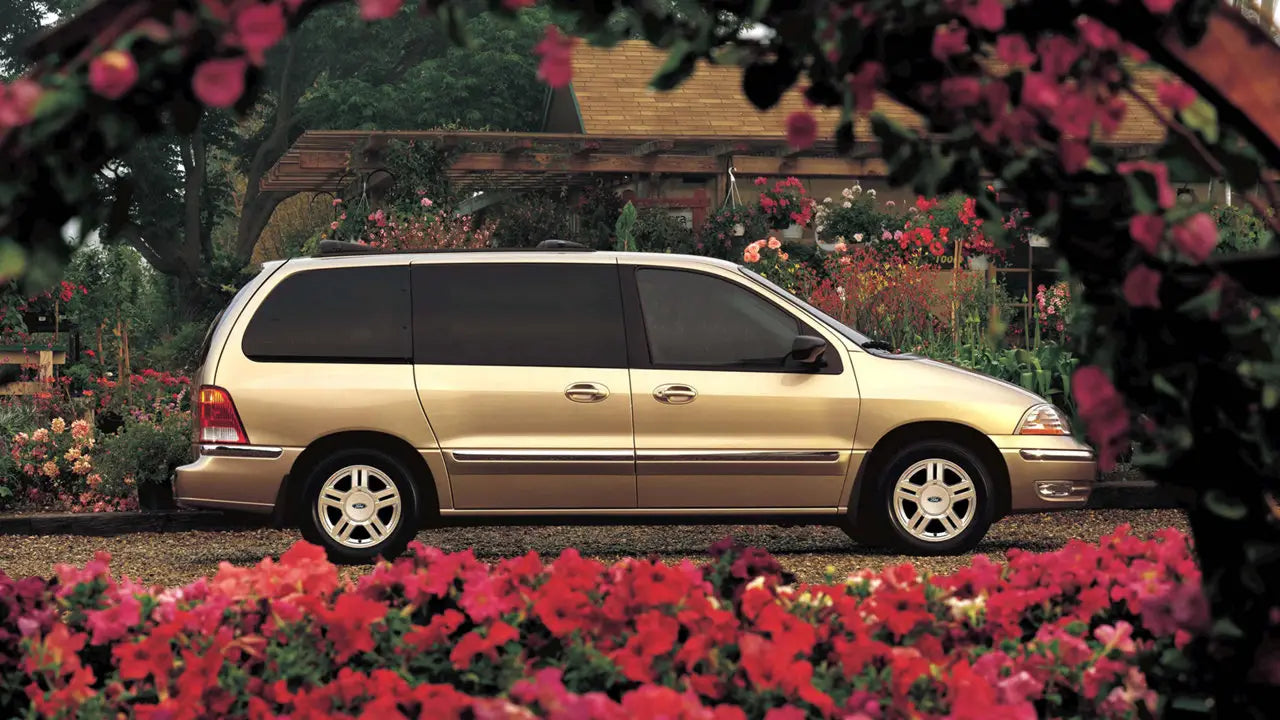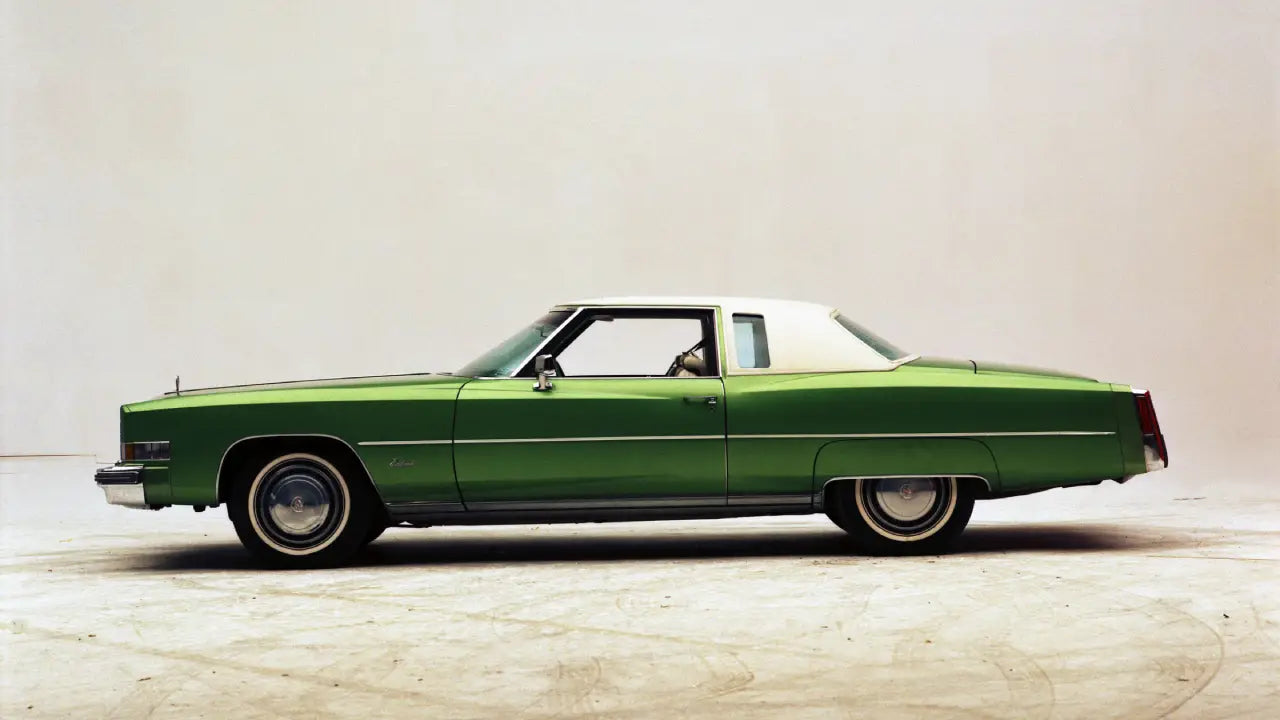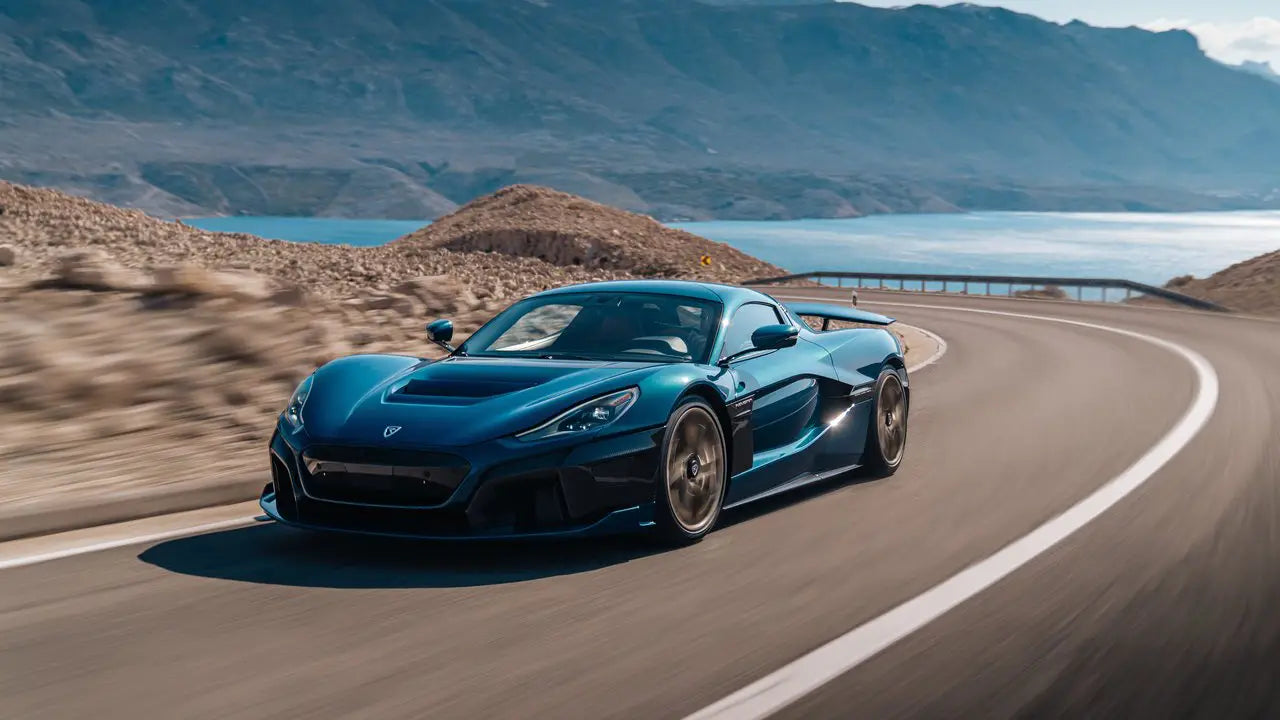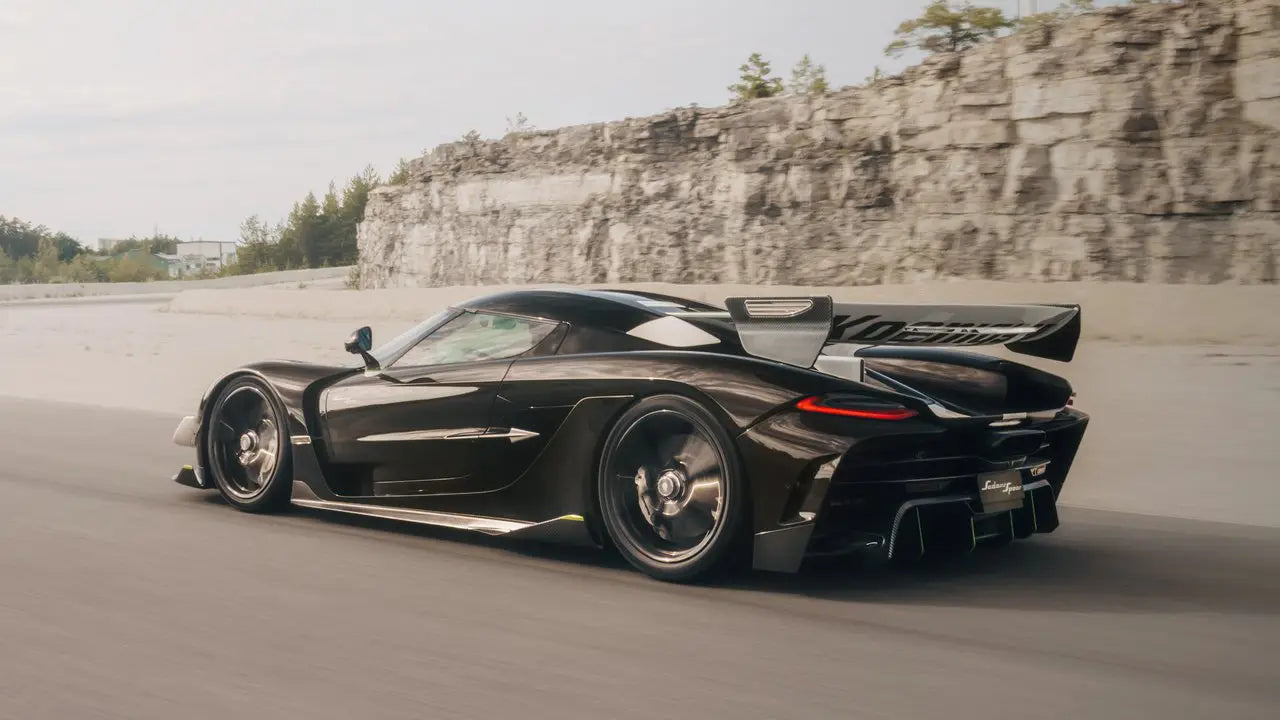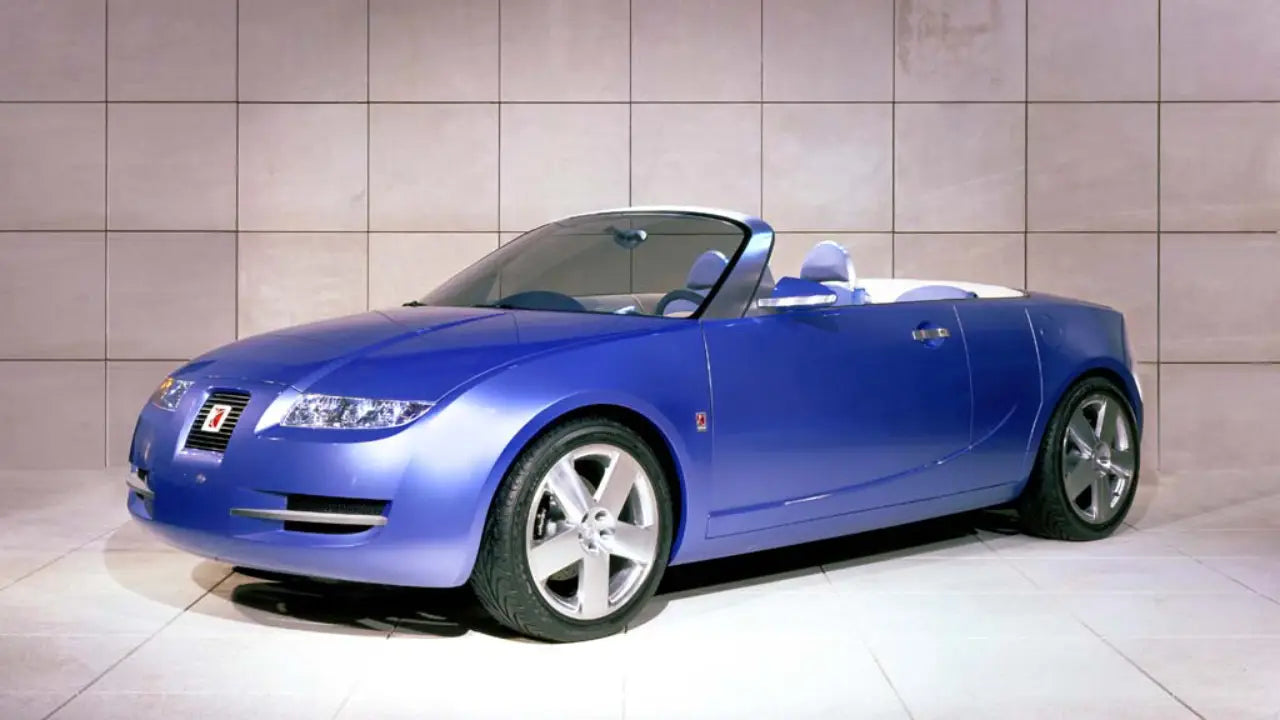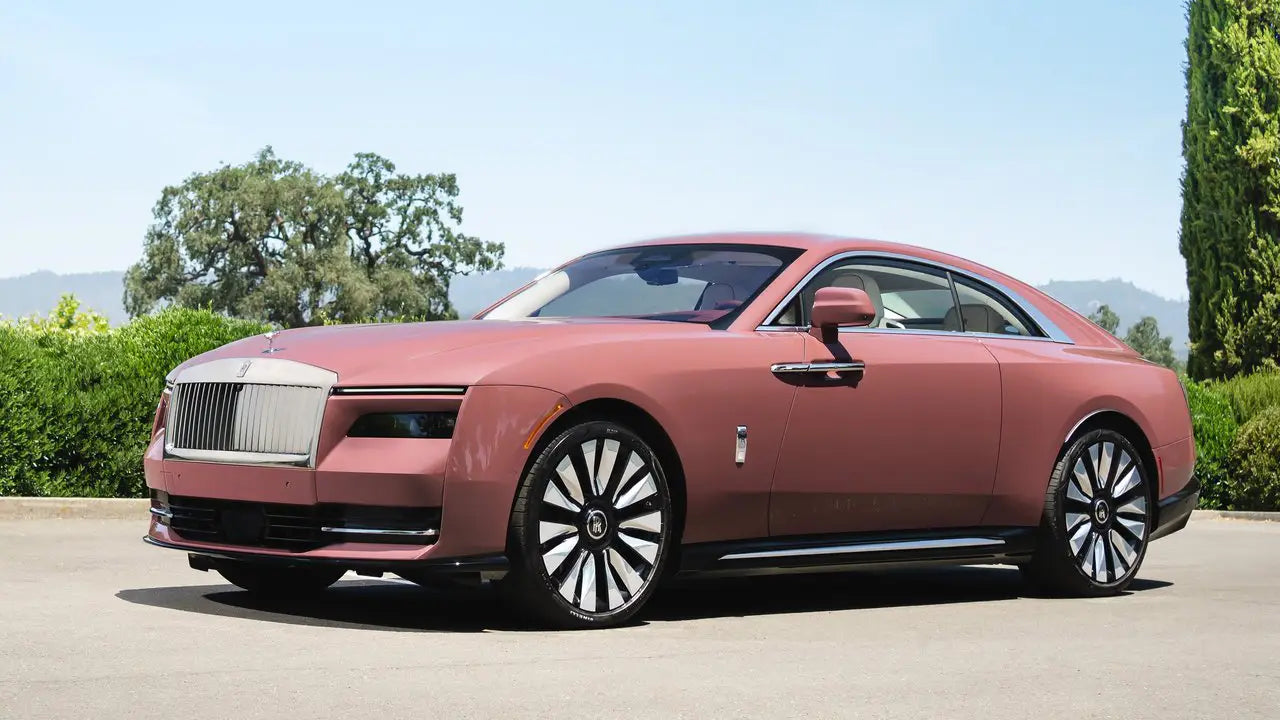Some engines roar with pride; others wheeze with shame. While many powerplants have earned legendary status, some have cemented their reputation for all the wrong reasons—sluggish performance, catastrophic failures, and downright bizarre engineering choices. Buckle up as we dive into ten of the worst car engines ever built—mechanical disasters that make even budget car owners cringe.
Chrysler 2.7L V6 (1998-2010)
At first glance, the Chrysler 2.7 V6 looked promising—aluminum construction, decent fuel economy, and smooth power. But behind the scenes? A sludge-producing disaster. Poor oil flow, microscopic coolant leaks, and a bad PCV design turned this engine into a mechanic’s best friend—and your wallet’s worst enemy. Victim cars of this engine: Dodge Intrepid, Chrysler Concorde, Chrysler Sebring, Dodge Stratus, and Chrysler 300M.

GM 2.4L Ecotec (2010–2017)
The Ecotec 2.4L inline-four could’ve been the dependable base engine GM needed. Instead, it burned oil like a two-stroke dirt bike. Faulty piston rings, underwhelming timing chains, and erratic fuel economy gave owners a crash course in checking dipsticks every week. Victim cars of this engine: Chevrolet Equinox, GMC Terrain, Buick LaCrosse, Buick Verano, and Chevrolet Malibu.

Mazda 1.3L Rotary (13B Renesis)
Mazda's 13B rotary engine is an icon—but also a curse. High-revving? Yes. Compact? Yes. Reliable? Not a chance. The RX-8’s rotary drank oil by design, and once those apex seals wore out, you were on a fast track to engine failure. Many engines didn’t even make it to 60,000 miles. The victim car of this engine was the Mazda RX-8.

Cadillac V8-6-4 (1981)
The V8-6-4 was General Motors’ early stab at cylinder deactivation, long before the tech was ready. The idea was smart: save fuel by turning off cylinders. But 1981 electronics couldn’t manage the complexity, leading to jerky transitions, misfires, and check-engine lights galore. Victim cars: Cadillac Eldorado, Cadillac DeVille, and Cadillac Seville.

Subaru 2.5L EJ25 (1996–2011)
Subaru fans love their boxer engines—but the EJ25 has a notorious Achilles’ heel: head gaskets. These engines were infamous for internal coolant and oil leaks, often before 100,000 miles. Many owners became part-time mechanics just to keep them running. Victim cars: Subaru Outback, Subaru Legacy, Subaru Forester, Subaru Impreza, and Subaru Baja.

BMW N54 3.0L Twin-Turbo I6 (2006–2013)
The N54 is a tuner’s dream… and a nightmare for long-term ownership. While powerful and smooth, it suffered from high-pressure fuel pump (HPFP) failures, wastegate rattle, oil leaks, and carbon buildup. BMW extended warranties because the issues were so common—translation: they knew it was bad. Victim cars of this engine: BMW 335i, BMW 135i, BMW 535i, BMW Z4 35i, and BMW X6 xDrive35i.

Ford 4.2L Essex V6 (1997–2008)
This 4.2L V6 was Ford’s attempt to provide a budget-friendly powertrain for light trucks and vans. Instead, it delivered intake manifold gasket failures, cracked timing covers, and crankshaft problems that led to complete engine failure in some cases. Victim cars of this engine: Ford F-150 (base model), Ford E-150 / E-Series vans, and Ford Windstar.

Volkswagen/Audi 1.8T (Early 2000s)
The 1.8T turbo-four had potential, but early 2000s models were plagued by oil sludge, failing coil packs, and weak timing belt tensioners. If you missed one oil change, it could be game over. A turbocharged engine should be thrilling, not terrifying. Victim cars of this engine: Audi A4, Audi TT, Volkswagen Passat, Volkswagen Jetta, and Volkswagen Golf GTI.

Toyota 3.0L V6 (1MZ-FE with VVT-i, Early 2000s)
Surprised to see Toyota here? So are many owners. While the 1MZ-FE V6 was smooth and quiet, the versions with variable valve timing (VVT-i) had oil gelation issues. Poor ventilation and bad PCV design caused oil to thicken, starving the engine of lubrication. Victim cars of this engine: Toyota Camry, Toyota Avalon, Toyota Highlander, Lexus ES300 and Lexus RX300.

Mercedes-Benz M272 V6 (2004-2008)
Mercedes-Benz has a long-standing reputation for engineering excellence, but the M272 V6 was a blemish on that legacy. This 3.5-liter V6 looked good on paper: smooth, modern, with variable valve timing. But under the hood, it hid a ticking time bomb—a defective balance shaft gear that wore out prematurely, causing check engine lights, rough idling, and eventually catastrophic timing issues. Victim cars of this engine: Mercedes-Benz C350, Mercedes-Benz E350, Mercedes-Benz SLK350, Mercedes-Benz ML350, Mercedes-Benz CLS350 (non-U.S. markets) and Mercedes-Benz R350.

A strong brand doesn’t always equal a strong engine. These disasters prove that even big-name automakers have dropped the ball in epic fashion. From luxury brands to family haulers and everyday commuters, bad engines don’t discriminate. And when they fail, they don’t whisper—they scream.

